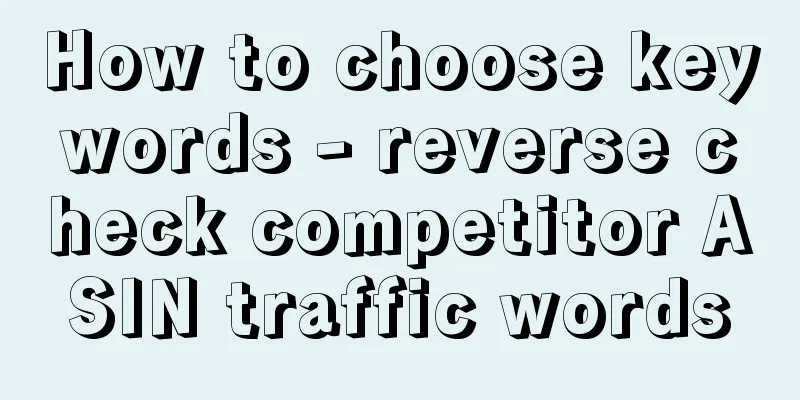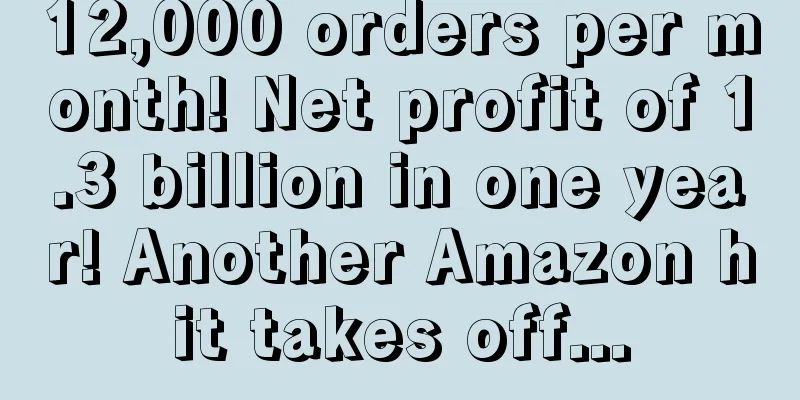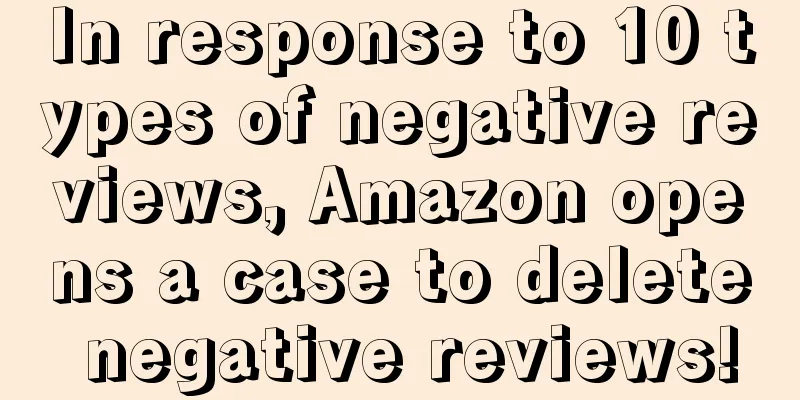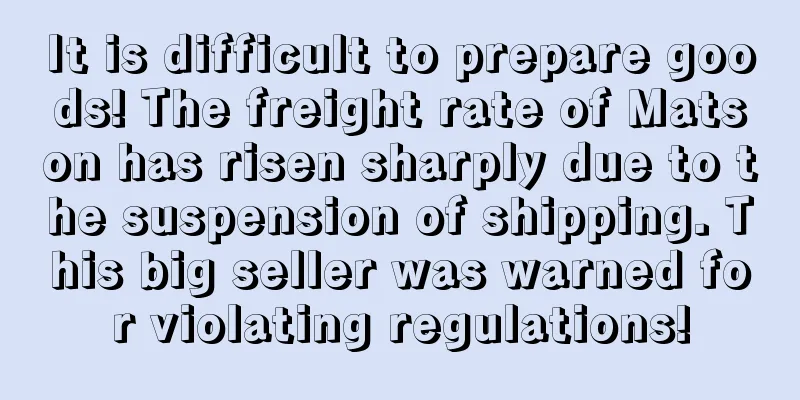How to choose keywords - reverse check competitor ASIN traffic words

|
1. Brief description 1. The more popular the keyword, the higher the cost, choose niche keyword that have lower costs and strong relevancy 2. Big Keywords – High traffic, low conversion rate (high IMPR, high CLICK, low ORDER, try not to use big keywords in advertisements for style / customized products, and expand keywords based on big keywords for general goods / fast-moving consumer goods products)
2. Key Steps in Keyword Research 1. Find the big words and expand the long-tail words based on the big words 2. Find the words that generate traffic
3. The significance of keyword research 1. Expand the impact as much as possible in the early stage 2. Improve the efficiency of PPC and speed up the flow of words (add to BROAD matching – improve IMPR and expand words) 3. Organic and Paid form a linkage (promote natural ranking, natural traffic and paid traffic form a linkage)
4. How to conduct Keyword Research? 1. Competitor title extraction method Find your competitors --Click on the best seller in the upper left corner to enter the category (Tool: Instant data scraper , keyword density extraction tool) 2. Synonym tool (limited effectiveness) http://www.thesaurus.com 3. Define tools Longman English-English Dictionary 4.Google: KW+ also known as 5. Google image search (keywords from image search) 6. URL Analysis (Tool: Google Keyword Planner ) 7. Permutation and combination method ( keyword spelled into Key Phrase ) 8. Long Tail Rule (Tool: keyword.io ) 9. Amazon drop-down box
5. How to view specific Traffic ? Google keyword planner, for correlation comparison. Click on the keyword - add to plan - ad groups - the IMPR of the maximum bid can be understood as the monthly search volume
How to reverse check the traffic words of competitor ASIN , select 50-80 keywords, and determine the stable ranking of traffic keywords.
First, clarify the keywords and traffic words:
Keywords are a semantic classification of similar products on the platform;
Traffic words are words with higher search volume for your ASIN or similar products. Words with high relevance and high search volume are called core traffic words; words with weak relevance and high search volume are called associated traffic words.
Traffic words are the main traffic entrance of the product and are dynamic (you can understand that these words are constantly changing. Even if they are relevant to your product, if they cannot bring you traffic, that is, their weight is not high, then they are not your traffic words).
Keywords are the words that the platform collects and indexes between products and search terms. They are the identity of the listing and are static.
Generally speaking, in the early stage of the product, we will select 10 to 20 competing ASINs , reverse check their traffic words (usually this can cover most words, including listings and drop-down boxes), and select about 10 core keywords (each ASIN has a different traffic source, so its traffic words are relatively messy, and many are not particularly relevant)
Then use the keyword mining function (you can use software here, or you can enter and select all the top 1 million words in the background brand analysis), and rank them according to the search volume or search ranking in the most recent quarter (if the seasonality is weak, you can extend the time appropriately), and select about 50-80 keywords, which basically covers all the keywords.
At this time, you can perform a word frequency analysis, select the words with the highest frequency, remove prepositions and other useless words, and you can get several super high traffic words, which can be combined at will and matched broadly. This is the core traffic source, and your title also has it. Long-tail words with lower frequency can be directly put into the backend search term .
Then, put the previous results into two ad groups, main words and long-tail words, and run manual ads. Set a fixed bid, about 30%-50% lower than the recommended bid , and then adjust it according to the specific situation, about 0.1 each time . After about two weeks, you can get the keywords with the best clicks. These are your traffic words: traffic entrances. Don't care too much about conversions in the early stage, because the conversion of new products is usually not good, especially for ad positions, which are even worse. Focus on clicks.
After about a month, your listing will have several main traffic keywords and a certain natural ranking. At this time, put these words in a separate ad group, target them accurately, increase bids appropriately, and stabilize your ranking.
Then compare the keywords you collected before to see which words are particularly relevant to your listing and have a large search volume, but are not ranked well and have not become your traffic words. Then advertising and some unconventional means can be used to target these potential words. |
<<: Technical renovation tutorial QAQ
>>: Amazon's daily sales of over 1,000 orders operation skills
Recommend
Amazon's search page has changed! The reason is...
As the impact of the novel coronavirus outbreak co...
Sellers urgently check! A large number of Amazon brands suddenly become invalid!
Normal, once there is data abnormality, such as s...
USPS's international business volume has experienced a "sudden drop"! Is there still hope for it to catch up with FedEx and UPS?
The USPS Office of Inspector General said in a May...
What is J&T Express? J&T Express Review
J&T Express is an Indonesian technology-based ...
Amazon's rule changes on the first day of Black Friday drove operators crazy
The European site has already started the Black Fr...
What is Reamaze? Reamaze Review
Reamaze is a cloud-based support service that work...
What is Brand New Photo Service? Brand New Photo Service Review
Brand New Photo Service means that Amazon will pro...
The US is about to give out a lot of money! Is Amazon making too much money causing public outrage?
Yesterday, the U.S. House of Representatives pass...
What is Zhonghe International? Zhonghe International Review
Zhonghe International (Zhonghe International Busin...
Amazon adds extra return charges? Traffic data for each site is released!
In the past two days, foreign media reported that ...
Unlimited flash sales, additional nodes, are you still spending money to achieve it?
“ Product plus node Then, in the "Category Nu...
What is Prime Day Exclusive? Prime Day Exclusive Review
Prime Day Exclusive is a new event launched by Ama...
If you learn these five directions and six dimensions, the products you develop will definitely not be bad!
Amazon Product Development : That is, by figuring ...
What is perfectdiary? perfectdiary review
PerfectDiary is a brand of Guangzhou Yixian E-comm...
Target's holiday season got off to a strong start with a 3.2% year-over-year increase in customer traffic
<span data-docs-delta="[[20,"获悉,根据Placer.a...









